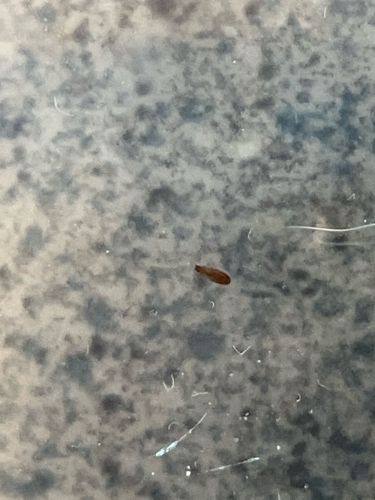Fungus Gnat
Scientific Name: Sciaridae (family), Mycetophilidae (family)
Order & Family: Diptera (Order), Sciaridae / Mycetophilidae (Family)
Size: 2-8 mm (approx. 0.08-0.3 inches)

Natural Habitat
Damp, rich organic matter such as potting soil, compost piles, decaying leaves, and areas with high humidity. Often associated with houseplants.
Diet & Feeding
Larvae feed on fungi, decaying plant matter, and sometimes the roots of plants. Adults typically do not feed or feed on liquids.
Behavior Patterns
Adult fungus gnats are weak flyers and are often seen hovering around plants or lights. Larvae live in the soil. They are attracted to moisture and decaying organic material. Their life cycle from egg to adult can be as short as 3-4 weeks.
Risks & Benefits
Potential risks: Larvae can damage plant roots, especially seedlings and young plants, leading to wilting, stunted growth, and even death. They are primarily considered a nuisance pest. Benefits: As decomposers, they play a minor role in breaking down organic matter.
Identified on: 10/6/2025